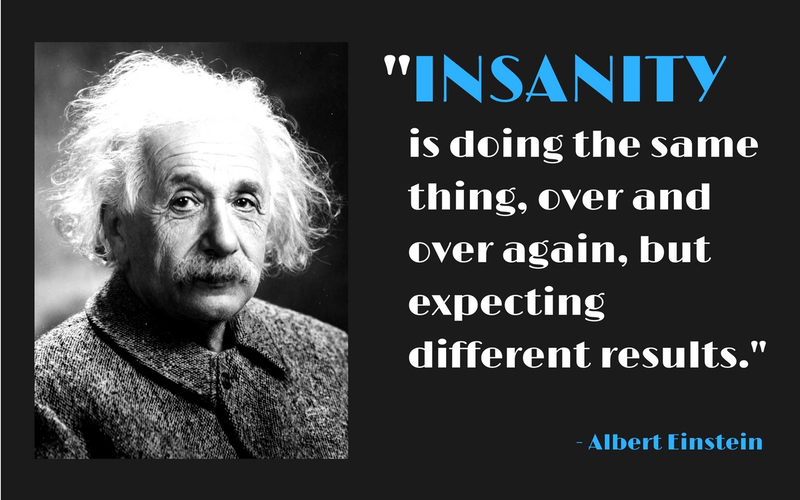“Insanity is doing something over and over again and expecting a different result.” That might be me, still trying to match wine to fiery fare.
What do you think?
Do you like to pair wine with hot-and-spicy fare, or would you rather steer clear? Share your hot-stuff pairing tips with us on Substack Chat!
I’m not saying that this quest literally drives me crazy – it’s really more fun than frustrating – but it’s a topic that keeps coming up because I love spicy food, the hotter the better (within reason), and I love to enjoy wine with food.
The problem is simple: When we pair wine and food, we look for flavor and aroma combinations that create a whole greater than the sum of its parts. This happens in many ways: Compatible aromas, contrasting flavors, textures that work together, pairings that evoke happy memories, even a rule of thumb as simple as the sometimes reliable “Red wine with red meat, white wine with white meat.”
But put a bowl of four-alarm chili in front of you, dare to order an Indian phaal curry, summon an Ethiopian Sik Sik Wat, or, well, you get the idea, and you’ve set yourself a real wine-matching challenge.
The problem is clear: A well-chosen wine pairing for hot-and-spicy food may taste delicious. The combined flavors of wine and food may sing an operatic aria. But the inescapable reality is this: It hurts when you pour alcohol on a burn, and that’s true even when the burn is the non-damaging but very real pain of capsaicin, the active ingredient in hot chile peppers.

* Footnote: Albert Einstein often gets credit for that joking definition of insanity. But the original source is more recent and a lot less familiar: The mystery novelist Rita Mae Brown penned the phrase in her 1983 book, Sudden Death.
Briefly told, after years of insanity, er, I mean frequent experiments, I’ve come up with three simple rules to keep our response to these pairings closer to “mmm” than “ouch!”
Avoid high alcohol. A few modern red wines can surpass 16% alcohol, getting into Port territory; and plenty of highly rated wines hit 14% or more. Dry European-style table wines in the traditional 11% to 12.5% alcohol range fare better but still may bring out the burn. One antidote: Turn to quality Riesling from Germany’s Rhine or Mosel, like today’s featured Rheingau Kabinett, which offers real tasting pleasure at 8.5% alcohol, which barely even causes a burn. Other low-alcohol, slightly sweet wines like Moscato d’Asti from Italy and Vinho Verde may come in at even lower alcohol.
A little bit of sugar. I can’t cite the science, but experience tells me that a little bit of sweetness in your wine (or even a lot of sweetness) seems to soothe the burn in a way that a bone-dry wine does not. That Moscato d’Asti doubles down on its low-alcohol with a sweet and sparkly flavor. Although it is completely a a myth that all Rieslings are sweet, many have at least a touch of residual sugar, and this seems to help,
Bubbles! The bubbly carbonation in sparkling wine (and beer, too) seems to scrub the palate of painfully hot flavors before bouncing back with pleasant fruit and usually moderate alcohol. You needn’t waste a pricey Champagne, whose subtlety might be lost in the match. This is the occasion for Spanish Cava or a modest Italian Prosecco.
I’d love to hear your thoughts on this challenge! Do you avoid wine with fiery fare, avoid hot stuff in general, or do you join me in this quixotic quest? Please join our conversation on Substack Chat!
This week’s tasting report has to be limited to our paid-tier subscribers, whose support helps cover the cost of wines like this $33 Rheingau Riesling. If you’re not a subscriber yet, I’d appreciate you joining in our support. Please consider the modest cost of subscribing to our paid-tier edition.

Support The 30 Second Wine Advisor with your paid-tier subscription. For $5 per month or $50 for a year (a 17% saving), you’ll receive additional wine notes funded by your subscriptions, gain quick direct access for wine-related questions, and gain my real appreciation for your support.




